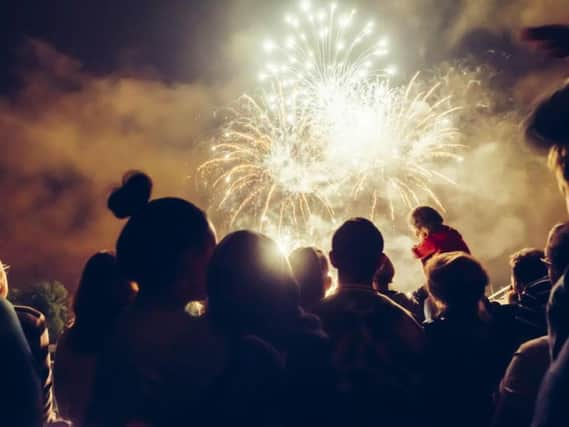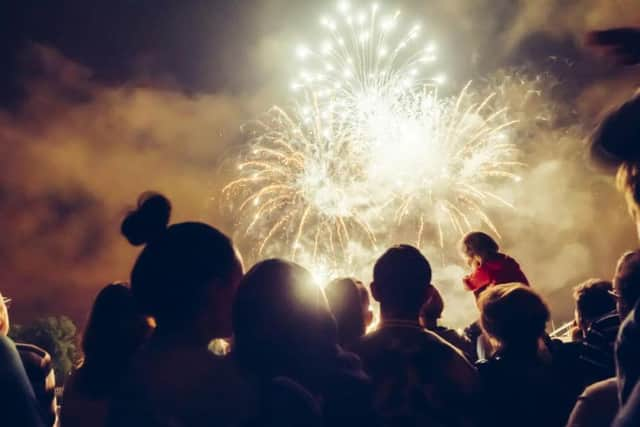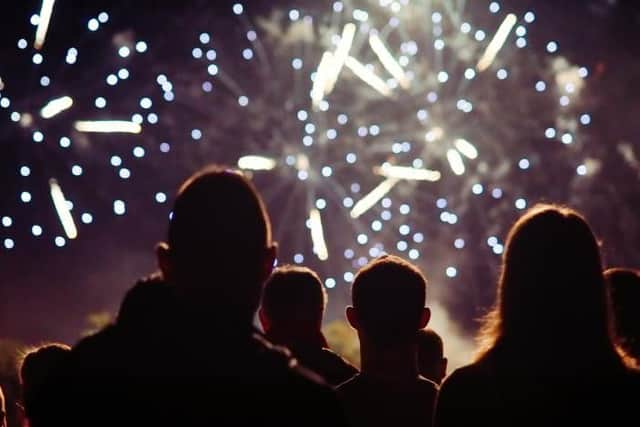Bonfire Night 2018: When and where to see Peterborough's biggest fireworks display


And the city's biggest bonfire and fireworks display takes place this Saturday, November 3.
Organised once again by Peterborough Rotary Club, The Firework Fiesta takes place at The East of England Arena.
Advertisement
Hide AdAdvertisement
Hide AdGates open at 5pm, the bonfire will be lit at 6pm and the fireworks display will start at 7pm.


A History of Bonfire Night
“Remember remember the fifth of November.” But just why do we venture out into the cold to stand around a bonfire and set off fireworks every year?
Of course, it’s all to do with Guy Fawkes who, on November 5, 1605, was arrested while guarding the explosives he and a team of accomplices had placed beneath the House of Lords.


Advertisement
Hide AdAdvertisement
Hide AdThe Gunpowder Plot was intended as a murderous prologue to a Midlands revolt designed to disrupt a ceremony in which King James I’s nine-year-old daughter was to be installed as the Catholic head of state.
But it failed when authorities were tipped off by an anonymous letter.
In its early days, Bonfire Night was an enforced public day of thanksgiving, celebrating the fact that King James I’s life was spared by the plot’s failure.
Gunpowder Treason Day was the main English state commemoration, but it wasn’t originally the cosy celebration with sparklers and hot drinks we’ve come to know today.
Advertisement
Hide AdAdvertisement
Hide AdWith strong anti-Catholic overtones, violence was known to flare up, and sermons warning against the dangers of Catholicism were often preached against a backdrop of burning effigies of the Pope.
Even long after the day’s origins, 19th century towns saw class-warfare erupt; it wasn’t until 1859 – when the Observance of 5th November Act was repealed – that the violence began to subside.
By the 20th century, the event became more recognisable as the Bonfire Night we know today, with the setting off of fireworks a tongue-in-cheek metaphor for Guy Fawkes’ sternly guarded cargo.